Top 10 Best Cars with Manual Transmission: Why Driving Engagement Still Matters

In an era when two-pedal transmissions-from classic torque converters to dual-clutch systems-have become the norm even in the budget segment, choosing a car with three pedals seems like an anachronism. Marketers assure us of the unparalleled comfort and lightning-fast shifts of automatics, and sales statistics relentlessly confirm their point: in the U.S., for example, the share of new cars with a manual gearbox barely exceeds 1%. And yet, the legion of enthusiasts who appreciate manual control is not only surviving but is willing to pay for this "outdated" pleasure.
Why? Because a manual transmission is not just a mechanism for changing gears; it is an instrument that provides an absolute connection between the driver, the engine, and the road. It's a driving philosophy based on control and engagement. In this article, we will delve into why the manual transmission is still relevant, examine the criteria for choosing one, and present a list of the best cars with a manual transmission available on the market.
Key Advantages of a Manual Transmission

Contrary to popular belief, the merits of a manual gearbox are not limited to nostalgia. It is a pragmatic choice supported by significant engineering and operational arguments.
- Complete Control. This is the fundamental advantage. Only the driver decides when to shift gears. You can keep the engine in its maximum torque band during hard acceleration, select a lower gear in advance before entering a corner for effective engine braking, or, conversely, cruise in a higher gear to save fuel. An automatic transmission only anticipates your intentions; a manual transmission executes your commands. This direct, unbreakable connection is the quintessence of driving pleasure.
- Fuel Economy. For a long time, this was an undeniable trump card for manual transmissions. Today, modern 8, 9, and 10-speed automatics have closed the gap and sometimes even surpass manuals in official fuel consumption figures. However, in real-world driving, an experienced driver who skillfully uses the car's inertia and selects gears correctly can often achieve more impressive fuel economy, especially on highways and in hilly terrain.

- Reliability and Maintenance Costs. The design of a manual gearbox is simpler than any automatic. It has fewer complex hydraulic, electronic, and friction components. Consequently, it has a longer lifespan and is less demanding to maintain. Typical service is limited to changing the oil every 60,000-100,000 kilometers (approx. 40,000-60,000 miles). Even replacing the clutch, which is the main expense, is in most cases significantly cheaper than repairing a complex torque converter or replacing a mechatronic unit in a robotic gearbox.
- An Unfiltered Driving Experience. This aspect is difficult to measure in numbers, but it is the decisive factor for enthusiasts. The feeling when your left foot presses the clutch, your right hand moves the shifter with a precise motion, and the car responds with an immediate change in thrust is priceless. You physically feel the mechanism at work, becoming one with the machine. Manual transmission cars offer a tactile and acoustic pleasure from every perfectly executed shift.
Criteria for Choosing the Best Manual Cars
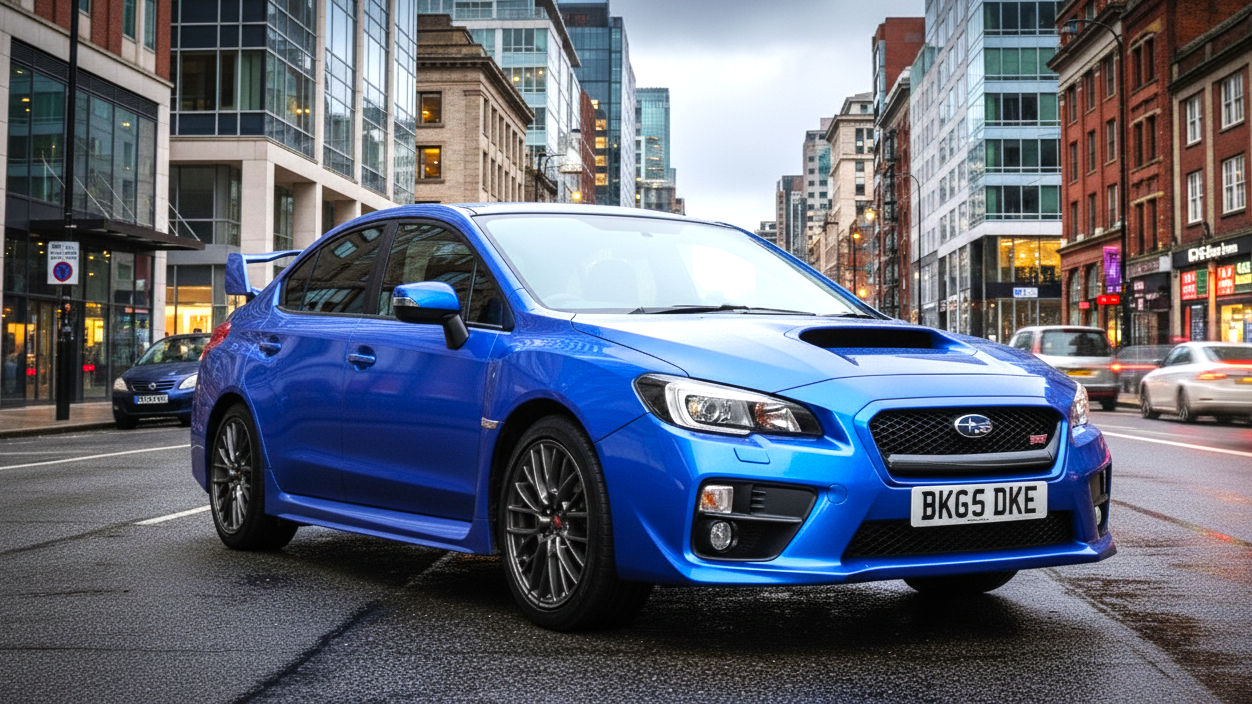
Selecting the ideal car with a manual transmission involves more than just evaluating engine power. It is crucial to consider the entire "engine-transmission-chassis" system as a whole.
- Performance. What matters here is not just peak horsepower, but the engine's character. A flexible engine with a wide torque band allows for less frequent shifting in city traffic. A high-revving, naturally aspirated engine, on the other hand, demands active use of the shifter to maintain pace, which is particularly enjoyable on winding roads. The gearbox itself plays a key role: short, precise shifter throws, well-chosen gear ratios, and assistance systems (like automatic rev-matching or auto-blip) all shape the overall dynamic impression.
- Reliability and Durability. The manufacturer's reputation is paramount here. Companies like Getrag, Aisin, and ZF have long established themselves as suppliers of benchmark manual transmissions for many global brands. When choosing, it's wise to research the clutch life for a specific model, as it can vary greatly. Another important factor is the availability and cost of spare parts—from the clutch disc and release bearing to synchronizers and gears.
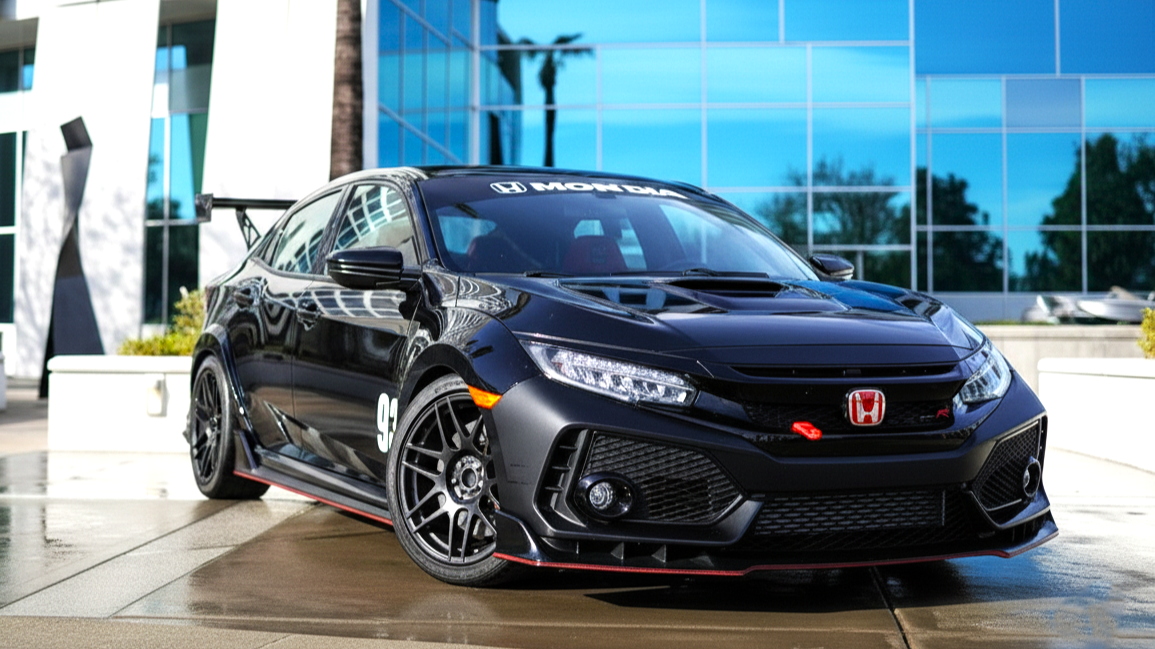
- Comfort and Usability. A manual shouldn't be a form of torture. The feel and effort of the clutch pedal are key parameters. A pedal that's too stiff will be tiring in traffic jams, while one that's too light and vague will rob you of the feeling of the clutch engagement point. Driver ergonomics are also critical: a well-placed pedal box that allows for easy use of the heel-and-toe technique, and the proper position of the shift lever, which should fall naturally to hand.
- Cost and Availability. When analyzing the market, consider more than just the initial purchase price. As a rule, new cars with a manual transmission are slightly cheaper than their automatic counterparts. On the used market, the situation is different: well-preserved examples, especially performance versions, can be more expensive due to high demand from enthusiasts. It's also necessary to assess the model's liquidity: mass-market cars with manual transmissions can be harder to sell, whereas niche and sports models always find a connoisseur.
Still choosing between manual and automatic? If you’re unsure which transmission suits your lifestyle better, check out our detailed comparison "Automatic vs Manual: Which Transmission to Choose".
Top 10 Best Cars with a Manual Transmission
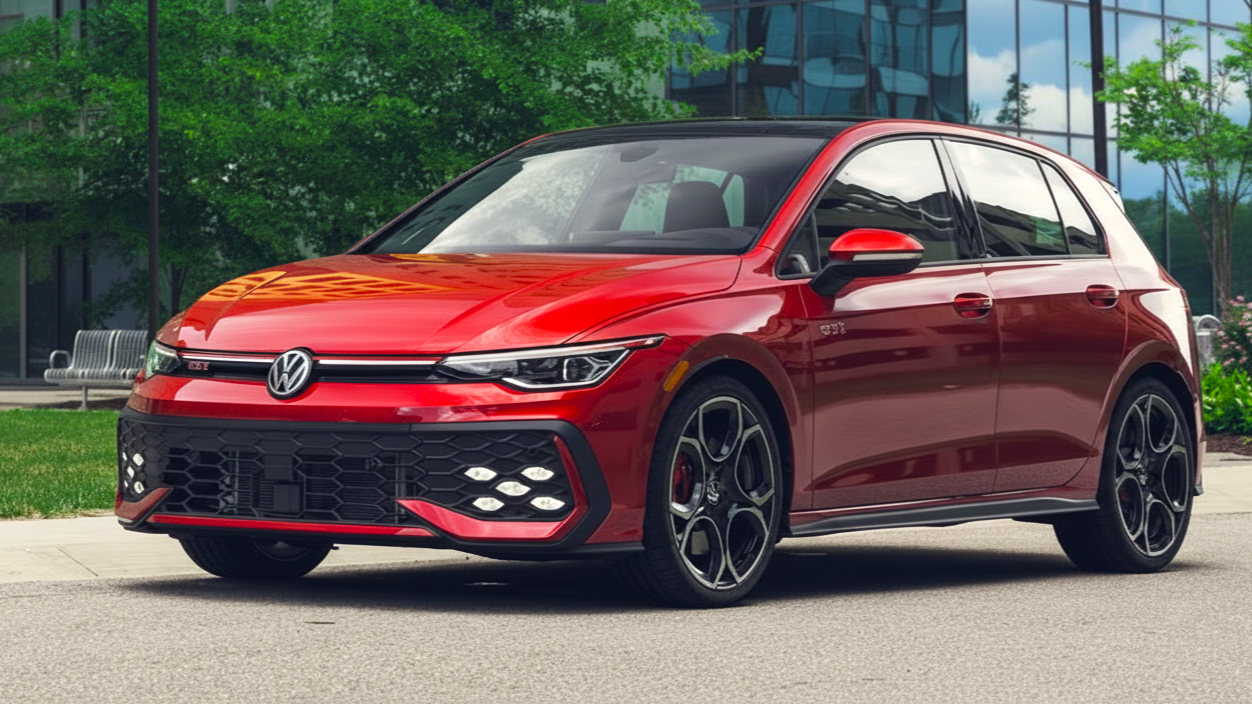
This list is subjective, but it reflects models where engineers have paid special attention to the manual transmission, making it an integral part of the car's character.
Model | Category | Key Manual Transmission Feature |
Porsche 911 | Sports Cars | A benchmark 7-speed (or 6-speed for GT versions) manual with auto-blip, perfectly integrated with the chassis. |
Mazda MX-5 Miata | Sports Cars | A short-throw, incredibly precise shifter mechanism that creates the illusion of direct contact with the gears. |
Subaru WRX STI | Sports Cars | An "ironclad," somewhat brutal, but indestructibly robust 6-speed gearbox built to handle rally-level stress. |
Honda Civic Type R | Hot Hatches | One of the best front-wheel-drive manuals in the world. Light, precise shifts and a perfectly shaped aluminum shift knob. |
Volkswagen Golf GTI | Hot Hatches | The epitome of balance: crisp enough for spirited driving yet light and comfortable for daily use. |
Ford Fiesta ST | Hot Hatches | An engaging and lively mechanism that perfectly matches the car's fiery character. Works brilliantly with the optional Quaife LSD. |
Honda Accord | Daily Drivers | An example of how a manual can make a practical sedan engaging for the driver. Features a light clutch and precise shifts. |
Mazda3 | Daily Drivers | A premium feel from the shifter in a mass-market segment. Smoothness and precision on par with more expensive cars. |
Nissan Versa | Daily Drivers | A demonstration that a budget car doesn't have to be boring. A simple but honest manual that provides a sense of control. |
Ford Bronco | SUVs & Off-Roaders | A unique 7-speed manual with a "crawler gear" for extreme off-roading, offering absolute control. |
Operation and Maintenance Tips
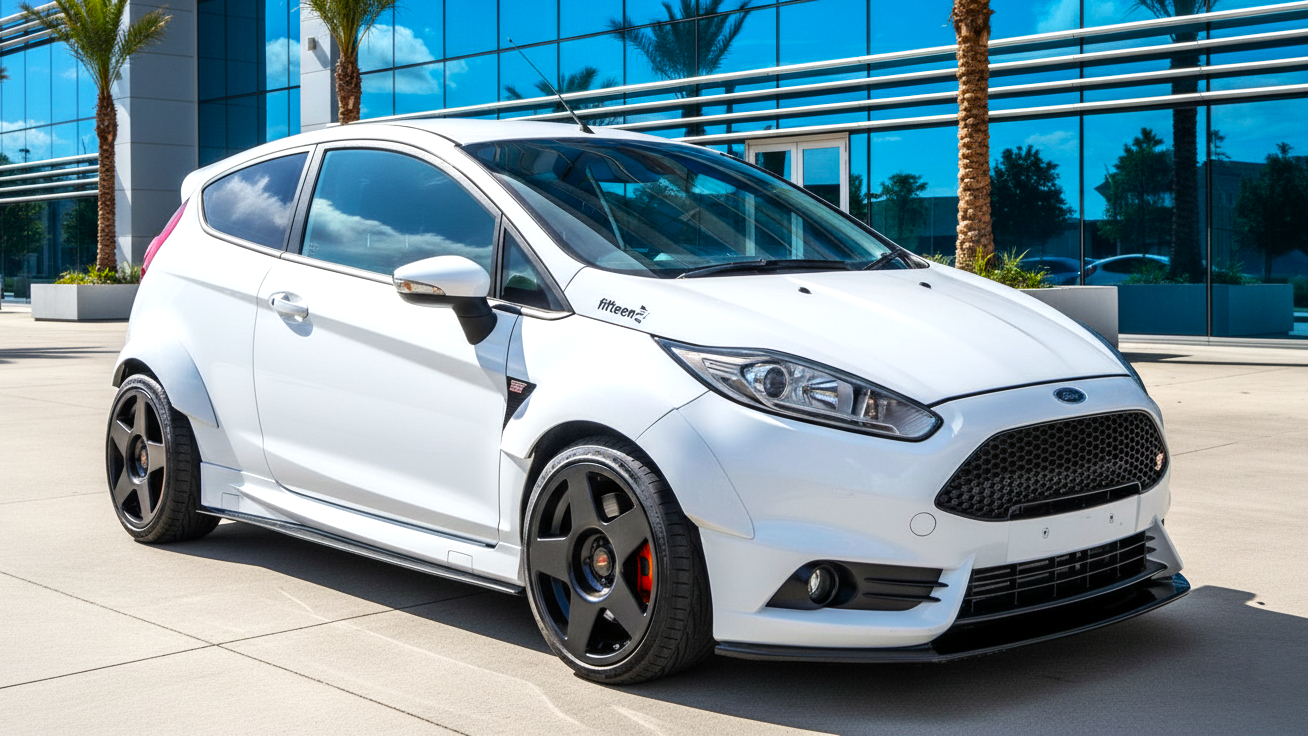
To ensure your manual gearbox lasts a long time and continues to bring you joy, follow a few simple rules.
- Proper Shifting Technique. Avoid holding the car on a hill by slipping the clutch-it's a sure way to wear it out prematurely. Use the parking brake instead. When downshifting, master the technique of rev-matching—a brief press of the accelerator while the clutch is disengaged to equalize shaft speeds. This reduces stress on the synchronizers and makes shifts smoother.
- Driving in Traffic. Contrary to stereotypes, driving a manual in traffic jams isn't so tedious if done correctly. Maintain a greater distance from the car ahead to move smoothly in first or second gear, minimizing shifts and clutch work.
- Regular Maintenance. Do not neglect changing the transmission fluid according to the manufacturer's schedule. Over time, the fluid loses its lubricating and protective properties, leading to increased wear on gears and synchronizers. This is one of the most inexpensive procedures that can significantly extend the life of the unit.
- Choosing Quality Fluid. Always use transmission fluid that meets the specifications recommended by the manufacturer. Skimping on fluid can lead to difficult shifting in cold weather and costly repairs down the road.
Market Trends and the Future of Manual Transmissions
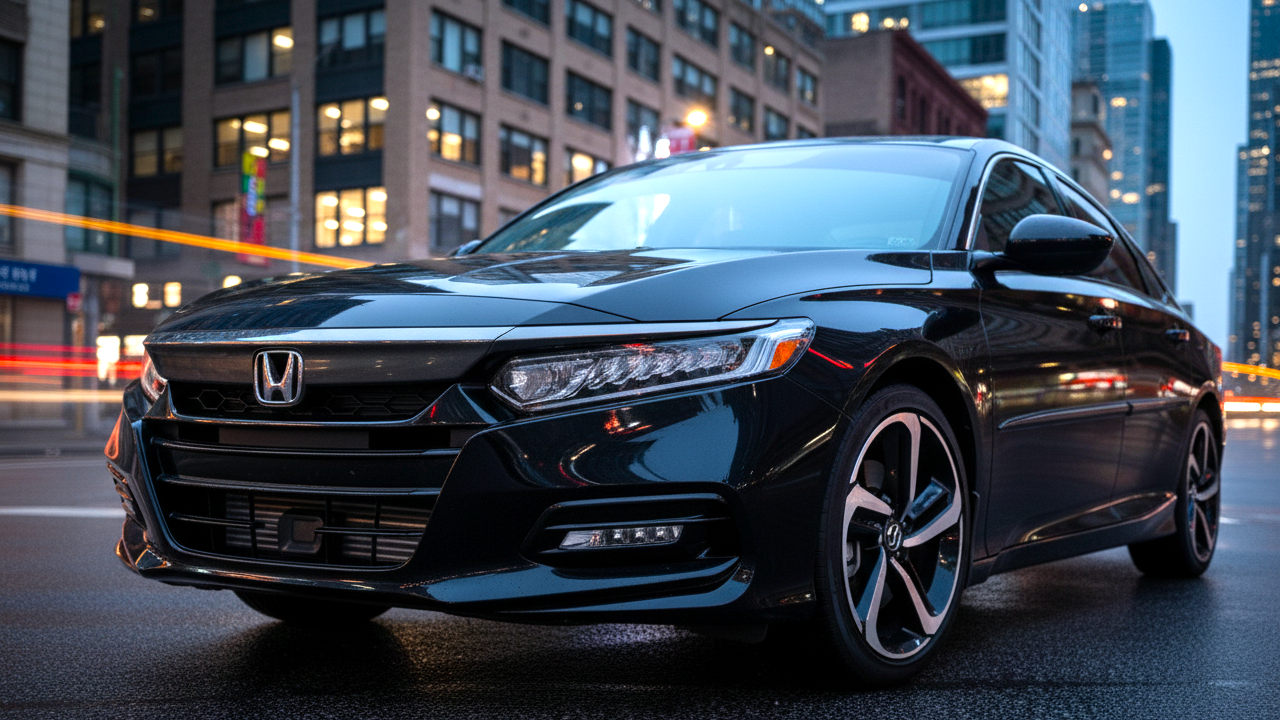
Let's be honest: the days of the manual transmission as a mass-market product are numbered. The main reason is global electrification. Electric motors have an extremely wide operating range and do not require a multi-speed transmission. Even in modern hybrids and internal combustion sports cars, dual-clutch transmissions are objectively faster on a racetrack.
However, this does not mean the complete disappearance of the manual. It is transforming from a utilitarian device into an option for connoisseurs—a sort of "mechanical watch in a world of smart devices." Manufacturers like Porsche, BMW, and Toyota continue to offer manual transmissions in their most driver-focused models, often as a no-cost alternative or even the only option for purist versions. Demand among enthusiasts remains stable. As a result, the value of recent models with three pedals will only increase on the secondary market. Finding manual transmission cars for sale is becoming increasingly difficult, and they are gradually transitioning into the category of future classics.
Conclusion
Despite technological advancements and the dominance of automatic transmissions, the best cars with a manual transmission continue to offer a unique blend of control, driving engagement, and reliability. They demand certain skills from the driver but reward them with an unparalleled sense of connection with the machine. Choosing such a transmission today is a conscious decision in favor of emotion and pure driving pleasure.
And as long as roads exist, there will be those for whom the click of the shifter and perfectly matched engine revs remain the main element of the automotive symphony. For true driving connoisseurs, the manual transmission has been and remains the only right choice.


